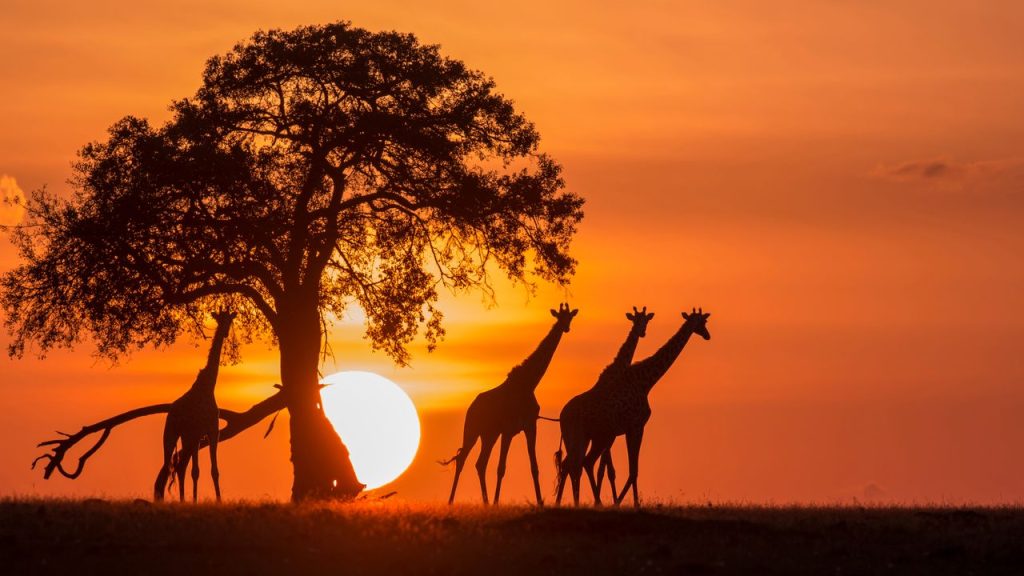Mount Kilimanjaro Trek: A Journey to the Roof of Africa
Mount Kilimanjaro, located in Tanzania, is the highest peak in Africa and one of the most sought-after destinations for trekking enthusiasts around the world. Standing tall at 5,895 meters (19,341 feet), conquering Kilimanjaro is a remarkable feat that offers breathtaking views and a sense of accomplishment like no other. However, before embarking on this epic adventure, it is essential to understand the different Kilimanjaro trekking seasons, routes, and the ultimate goal of reaching Uhuru Peak.
Kilimanjaro Trekking Seasons
Mount Kilimanjaro can be trekked throughout the year, but there are two primary trekking seasons that are most popular among climbers: the dry season and the wet season.
The dry season, which runs from late June to October and from December to February, is considered the best time to trek Kilimanjaro. During this period, the weather is generally clear, and the chances of rainfall are minimal. The dry season offers excellent visibility, making it easier to enjoy the stunning landscapes and capture memorable photographs. Additionally, the trails are less muddy, and the temperatures are more comfortable, making the trekking experience more enjoyable.
On the other hand, the wet season, which occurs from March to May and November, brings heavy rainfall to the region. Trekking during this time can be challenging due to slippery trails and reduced visibility. However, the wet season has its advantages, such as fewer crowds and lower trekking fees. It is important to note that the wet season is not recommended for beginners or those seeking a more comfortable trekking experience.
Rongai Route: A Unique Path to the Summit
When it comes to choosing a route to climb Mount Kilimanjaro, the Rongai Route is an excellent option for those seeking a less crowded and more scenic path. Unlike other popular routes, such as the Machame or Marangu routes, the Rongai Route approaches Kilimanjaro from the north, providing trekkers with a unique perspective of the mountain.
The Rongai Route is known for its diverse landscapes, from lush rainforests to alpine deserts. This route also offers a higher success rate of reaching the summit due to its longer acclimatization period. The trek typically takes around six to seven days, allowing climbers to adjust to the altitude gradually. The Rongai Route is less steep than other routes, making it suitable for climbers of various fitness levels.
Reaching Uhuru Peak: The Ultimate Goal
The ultimate goal of any Kilimanjaro trek is to reach Uhuru Peak, the highest point on the mountain. Standing on Uhuru Peak is an awe-inspiring moment, filled with a sense of triumph and wonder. The journey to the summit is physically and mentally demanding, but the reward of witnessing the sunrise over the vast African plains is truly unforgettable.
Reaching Uhuru Peak requires determination, perseverance, and proper acclimatization. It is crucial to choose a reputable tour operator that provides experienced guides, necessary equipment, and a well-planned itinerary. Altitude sickness is a common concern when climbing Kilimanjaro, so climbers must listen to their bodies, follow the guidance of their guides, and take the necessary precautions to ensure a safe and successful summit.
In conclusion, embarking on a Mount Kilimanjaro trek is a life-changing adventure that offers breathtaking landscapes, a sense of accomplishment, and an opportunity to explore one of Africa’s most iconic landmarks. Understanding the different Kilimanjaro trekking seasons, choosing the right route like the Rongai Route, and reaching the summit of Uhuru Peak are essential elements of a successful Kilimanjaro trek. So, lace up your boots, prepare yourself physically and mentally, and get ready to conquer the Roof of Africa!

